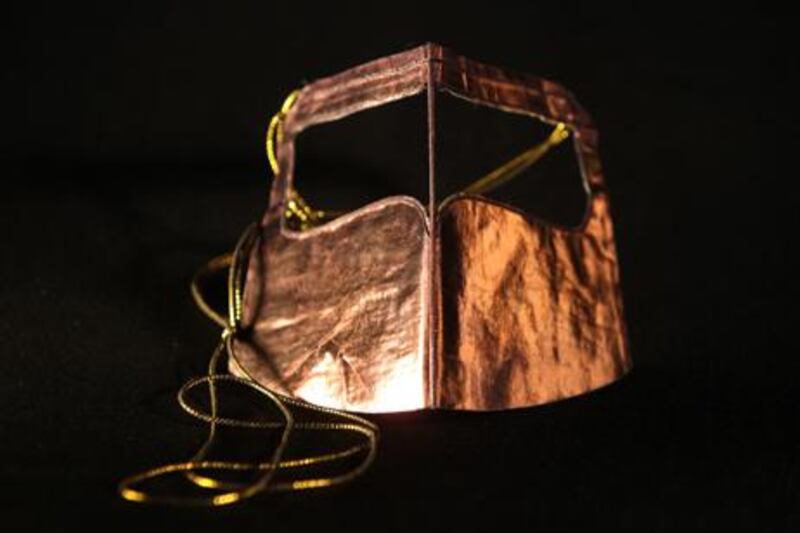Few items of clothing are as misunderstood as the burqa. Frequently confused with the niqab or the all-enveloping garment associated with women in Afghanistan, the burqa worn here is unique to this region.
Video: 37. Burqa - 2011
The burqa worn here is unique to this region. While these days it is worn mostly by older women, and only occasionally seen in public, the burqa still retains huge cultural significance.
--------------------------
While these days it is worn mostly by older women, and only occasionally seen in public, the burqa still retains huge cultural significance. Even the young are familiar with the burqa-clad grandmothers from the hit TV cartoon series Freej, while the "bq" range of sunglasses, launched in Dubai two years ago, used the traditional design as the inspiration for fashionable eyewear.
This particular example comes from the Abu Dhabi General Women's Union, where many of the women working at the handicrafts centre still wear the burqa.
Ateeja Abdullah Al Mansouri, who works at the centre making burqas, says that while it was once used to cover the face, these days it has a more decorative function. As a result, the burqa is smaller these days.
Despite the simplicity of its design - said by some to be inspired by the falcon - the burqa incorporates a number of elements. The thin line that runs along the nose is called the saif, or sword, while the burqa itself is held in place by a thin cord called al shubug.
The gold-coloured cloth on the outside of the burqa is imported from India, while the material behind the mask is polished with a smooth stone or oyster shell and treated with a blue indigo dye that leaves a mark on the skin but is said to be good for the complexion.
In Dubai and Abu Dhabi, the "Zabeel cut" has a narrower top and a wider curved bottom. In Al Ain, the bottom of the burqa is smaller with a shape that resembles a moustache.
The Emirati burqa adheres to the Islamic principle that a woman should not be displayed for all to see, but also has a practical application by protecting faces from the harsh desert environment. It was said by Sheikh Zayed that to preserve tradition, he would not attend a wedding unless the bride wore a burqa.





